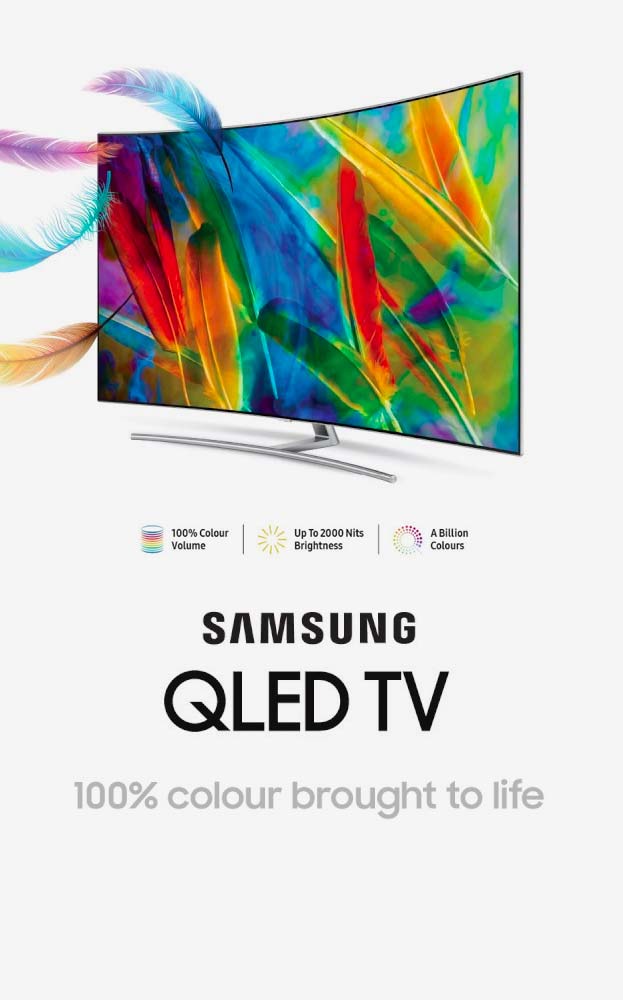
Nikon D3100 DSLR Camera with 18-55mm VR, 55-200mm Zoom Lenses (Black) (Discontinued by Manufacturer)
€42891
Nikon D3100 DSLR Camera with 18-55mm VR, 55-200mm Zoom Lenses (Black) (Discontinued by Manufacturer)
B00CCGZ9L0

Serving customers for more than 35 years, Adorama has grown from its flagship NYC stor...
City: US, Pasadena
Delivery
DHL express - Fast
1 day, Door-to-Door, Courier Delivered
from 26$
Pickup at your own expense
Tomorrow from 09:00 to 20:00, Store location
Free
Payment options
Cash, bank card, credit/installment payments, cashless payment for legal entities
Warranty and returns
Exchange/return of products of proper quality within 14 days
Official manufacturer's warranty: 12 months
Features
Style
18-55mm & 55-200mm VR
Description
This fits your .
Reviews
No reviews found
Product variations
Please sign in so that we can notify you about a reply






















